(The following report is for a current events report written by Helen, grade 6.)
Today, June 5th 2012 was the last Venus transit for 105 years, making the next Venus transit 2117. Today was the last Venus transit of the century! At the Varsity Stadium, there was a huge event hosted by the UofT’s Dunlap Institute of Astronomy. Here, they gave out special “Boundless Vision” glasses to look at the Sun, so that you can look at the Venus transit without hurting your eyes.
This event was a blast! Mr. Goodyear and Ms. Chiswell, my sister, my parents and I were among the 5,000 or more people who visited the stadium. The whole arena was a-buzz with the excitement of Venus passing over the Sun. Wide-eyed children, excited grad students and smiling adults surrounded the stadium. It was a moment, s special moment in history: the Venus Transit.
In case you are unaware of what the Venus Transit is, it is when Venus crosses over the Sun and it is visible to Earth causing Venus to look like a little black dot moving across the Sun. Now, you might be thinking, “Why is this so special? Doesn’t Venus go around the Sun all the time, just like we do?” And the answer is yes. Venus does go around the Sun quite often. But, Venus goes around at an angle. So, it is very rare that we are at the right angle to witness Venus cross the Sun.
Overall, I think that the Venus Transit is really rare, mind blowing, interesting and cool and I am very glad that the Dunlap has decided to host this amazing event. Thank you Venus! Thank you Sun! Thank you Dunlap!

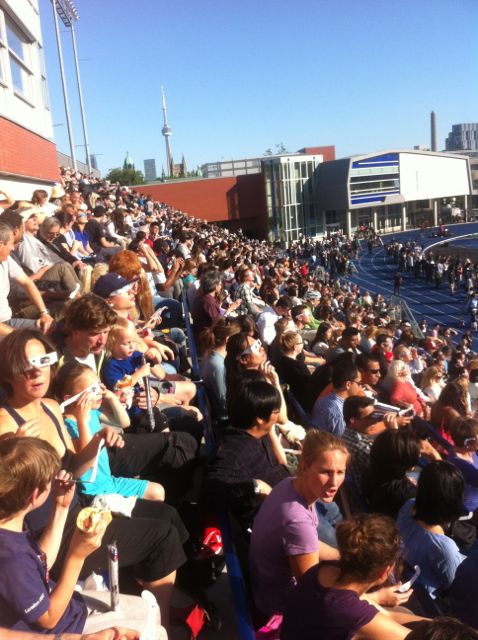
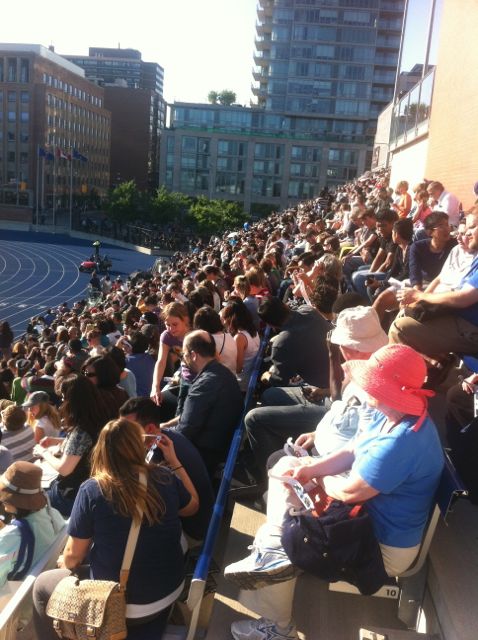
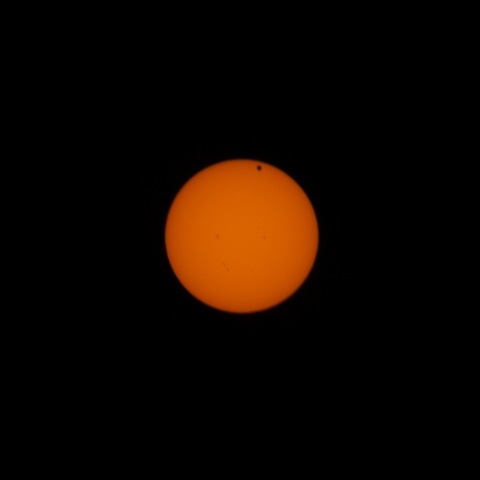











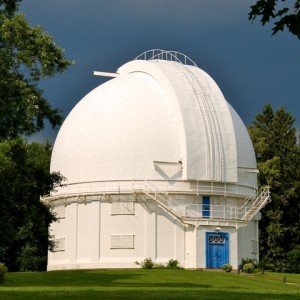



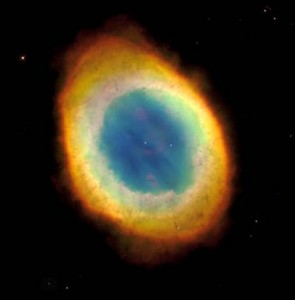

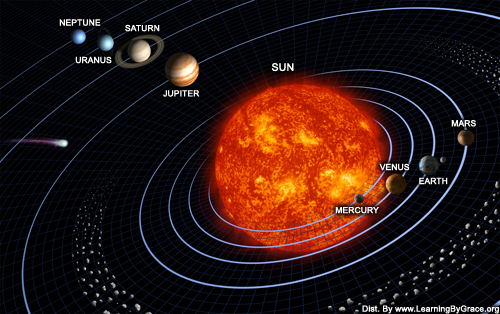
 Those asteroids are called
Those asteroids are called 